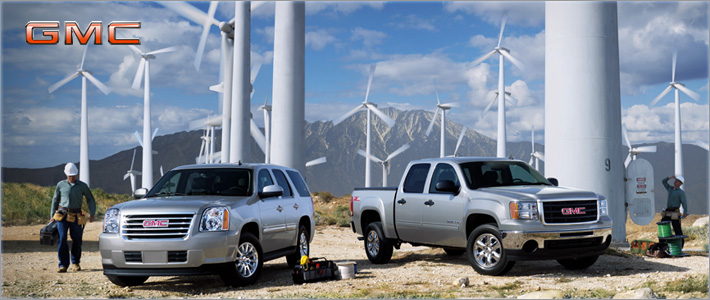
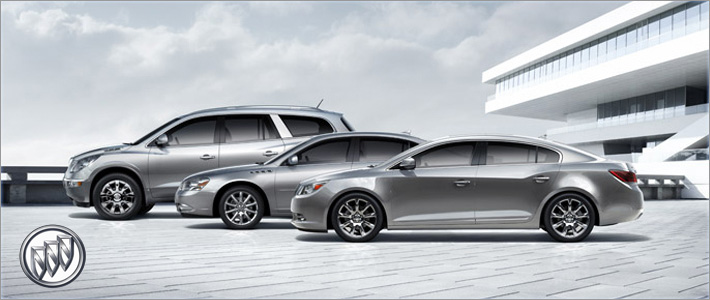
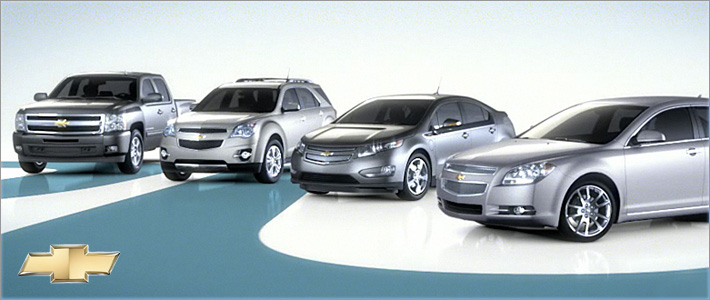
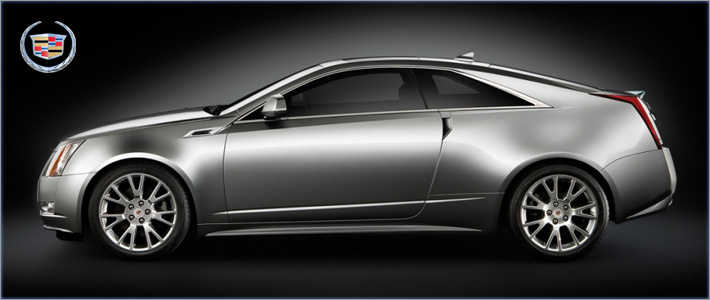
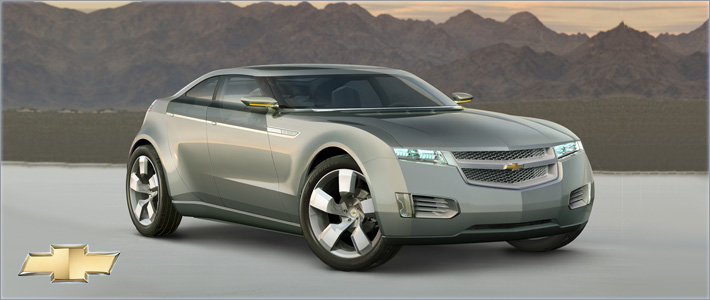
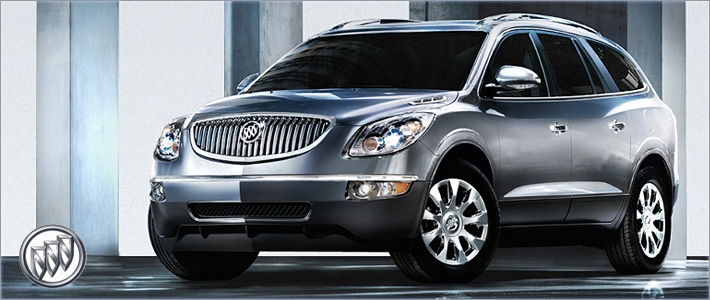
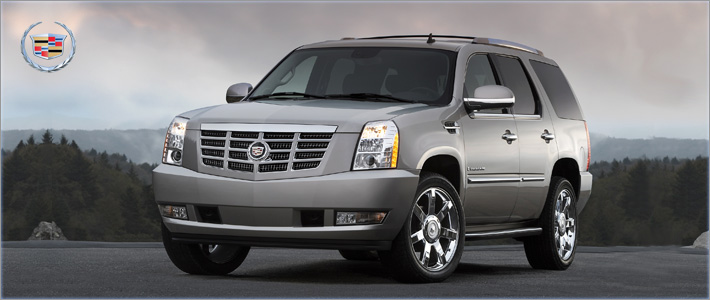
Headlights for your car or truck
Headlights are subdivided into so many categories that choosing new equipment for your vehicle may become a little frustrating. Anytime you start searching for information online, you will see plenty of headlight types – halogen, HID, projector, LED, Euro, and many more. What do all of them mean and how exactly you should choose new spares? To begin with, based on their functionality, headlights can be subdivided into two main categories - how they disperse light (project it or reflect it), and which lamps they use. Today, halogen and LED lights are the most widespread light bulbs, legal in any country of the world –so, we will dedicate our entire attention to these particular bulbs.
Light dispersal: projector versus reflector
Reflector
Reflector headlights have mirrors installed directly behind the headlight, which helps to increase total amount of light. However, today, it is a slightly outdated technology. Despite their reflective capabilities, mirrors have a number of disadvantages. In particular, reflected light is usually highly scattered and has a poor focus. Surely, this is a very cheap technology that is still installed in many cars. However, the actual light amount is low; plus, it has another crucial disadvantage - inability to reflect enough light in moist (foggy, rainy) or even cold weather conditions. Reflectors fail to preserve their initial visibility during rain, fog, or snow. Since many accidents happen precisely in low weather, reflector lights are characterized by a very dangerous flaw.
Projector
Projector headlights are headlights projecting light through a special lens instead of reflecting it from a mirror installed behind the headlight. Special elliptical lenses help to create stronger, more focused light. Such lenses create a really focused light beam, which is not dispersed, lost, or scattered. This is a primary advantage of an elliptical projector. The notion of ‘focused light’ has led many beginning drivers to believe that the highlighted radius is narrower. Paradoxically, it is both true and false. Indeed, greater light dispersal presupposes a slightly wider light radius. In practice, however, wider radius does not mean clearer visibility, as the total amount of scattered light is lower when compared to projected lighting. And, of course, the position of the beam can always be adjusted according to your needs.

Light bulbs: LED versus halogen
Halogen
Halogen is a highly inert gas that has become a standard in the automotive lighting industry, which has completely substituted simple incandescent lights. Even though in comparison with its older counterparts halogen lights provider stronger and whiter light, the technology is still far from being perfect. Lighting capabilities are relatively low, light dispersion is rather scattered, and the reaction is usually slow. However, despite all of the things mentioned above, they are perfectly suitable for driving in the dark, and are still installed in the majority of factory headlights. The greatest advantages of halogen lamps are their low price and long life.
LED
In comparison with halogen, LED lights are characterized by at least ten times brighter light. Plus, apart from creating brighter light, they actually consume less energy. In practice, low energy consumption means longer life (both for a headlight and for your battery), quicker reaction, and an ability to function properly in below zero conditions. Taking into account the many tasks most car batteries are burdened with, energy efficiency often becomes a primary advantage. Such lights do not require additional time to brighten up and do not consume any excessive energy. However, they are more expensive in comparison to halogen lights.

Availability in the market
Finally, LED and projector lamps are gradually becoming a standard in the automotive market. In other words, you will not have any difficulty shopping for original equipment or aftermarket spares. Regardless of your car make, model, and year of production, you will be able to substitute such headlights quickly and without any additional effort. However, while choosing between OE and aftermarket spares, you will have to think twice, as the latter ones are not welcomed in many states, and might cause you a lot of difficulties in case of an insurance claim.
Choosing new headlights
Whichever headlights you choose to install, depends on you only. All of the options described above are standard in the automotive market, thus – easily available. Plus, plenty of goods today can be bought online, and headlamps are in no way exceptional. CARiD, in particular, offers its customers the widest range of projector, LED, halo, euro, factory and custom headlights, as well as day-time running lights. This trusted retailer offers a vast selection of goods from such established automotive lighting brands as Spyder, Option-R, Spec-D, TYC, Recon, CG, Eagle, Hella, and many more. The full selection of our assortment is here http://www.carid.com/headlights.html. In addition, we offer you a chance to shop by brand, vehicle, or car make; and offer special bonuses and discounts for bulk and regular customers.